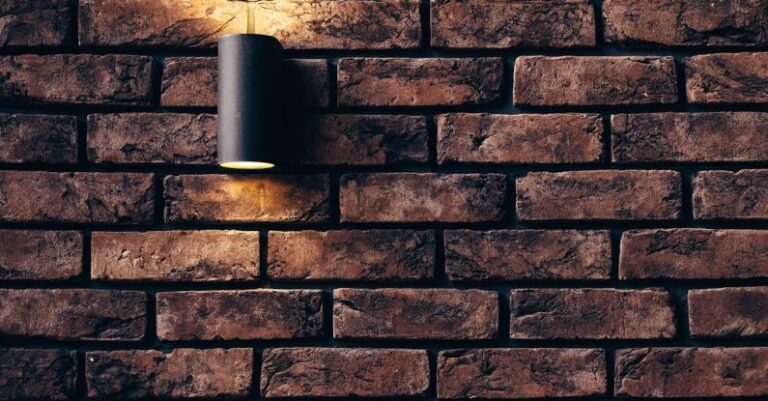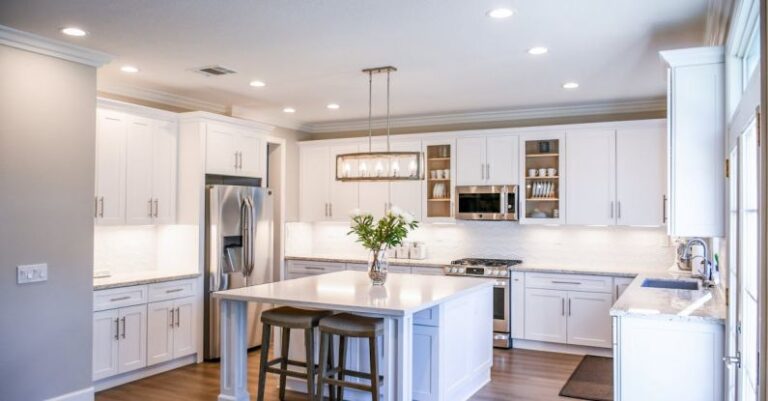
Creating an Energy-Efficient Kitchen
When it comes to designing a kitchen, functionality and aesthetics are often top of mind. However, an important aspect that is sometimes overlooked is energy efficiency. An energy-efficient kitchen not only helps reduce your carbon footprint but also saves you money in the long run. By implementing some simple yet effective strategies, you can transform your kitchen into an eco-friendly space that is both sustainable and stylish.
Maximize Natural Light and Ventilation
One of the easiest ways to make your kitchen more energy-efficient is by maximizing natural light and ventilation. During the day, try to rely on natural light as much as possible by positioning your kitchen workspaces near windows or skylights. This not only reduces the need for artificial lighting but also creates a bright and welcoming atmosphere.
Similarly, proper ventilation is essential for maintaining a comfortable and healthy indoor environment. Installing a range hood that vents to the outside can help remove cooking odors, excess heat, and moisture, reducing the need for air conditioning and improving air quality.
Choose Energy-Efficient Appliances
When it comes to kitchen appliances, choosing energy-efficient models can make a significant difference in your overall energy consumption. Look for appliances with the Energy Star label, which indicates that they meet strict energy efficiency guidelines set by the Environmental Protection Agency. Energy-efficient appliances not only consume less energy but also perform better and last longer than their conventional counterparts.
Invest in Energy-Efficient Lighting
Lighting plays a crucial role in the functionality and ambiance of a kitchen. By opting for energy-efficient lighting solutions, you can reduce your energy consumption and lower your utility bills. LED bulbs are a great choice for kitchen lighting, as they use up to 80% less energy than traditional incandescent bulbs and have a much longer lifespan. Additionally, consider installing dimmer switches or motion sensors to further optimize your lighting usage.
Improve Insulation and Seal Leaks
Proper insulation is key to maintaining a comfortable indoor temperature and reducing energy waste. Insulate your kitchen walls, ceilings, and floors to prevent heat loss in the winter and heat gain in the summer. Additionally, check for air leaks around windows, doors, and vents, and seal them with weatherstripping or caulking to improve energy efficiency.
Utilize Sustainable Materials
When renovating or designing your kitchen, opt for sustainable materials that are both eco-friendly and energy-efficient. Choose cabinets made from FSC-certified wood, recycled materials, or bamboo, which is a rapidly renewable resource. Consider countertops made from recycled glass, concrete, or stainless steel, which are durable and easy to maintain. By selecting sustainable materials, you can reduce your environmental impact and create a stylish kitchen that reflects your commitment to sustainability.
Maintain Your Appliances Regularly
Regular maintenance of your kitchen appliances is essential for ensuring optimal performance and energy efficiency. Clean or replace air filters in range hoods, refrigerators, and dishwashers regularly to prevent dust buildup and improve airflow. Check the seals on refrigerator and freezer doors to ensure they are airtight, and defrost your freezer if ice buildup is excessive. By taking care of your appliances, you can extend their lifespan and reduce energy consumption.
Foster Sustainable Habits
In addition to implementing energy-efficient upgrades, fostering sustainable habits in the kitchen can further reduce your energy usage. Use energy-saving cooking methods such as using lids on pots and pans, matching the pot size to the burner, and using the toaster oven for small meals instead of the oven. Be mindful of water usage by fixing leaky faucets, running the dishwasher only when full, and using a water-efficient faucet aerator. By incorporating these simple habits into your daily routine, you can make your kitchen more energy-efficient and environmentally friendly.
Conclusion: Embrace the Power of Energy Efficiency
Creating an energy-efficient kitchen is not only beneficial for the environment but also for your wallet. By maximizing natural light, choosing energy-efficient appliances, lighting, and materials, improving insulation, maintaining your appliances, and fostering sustainable habits, you can transform your kitchen into a sustainable and stylish space. Embrace the power of energy efficiency and make a positive impact on the planet while enjoying the benefits of a more efficient and eco-friendly kitchen.





